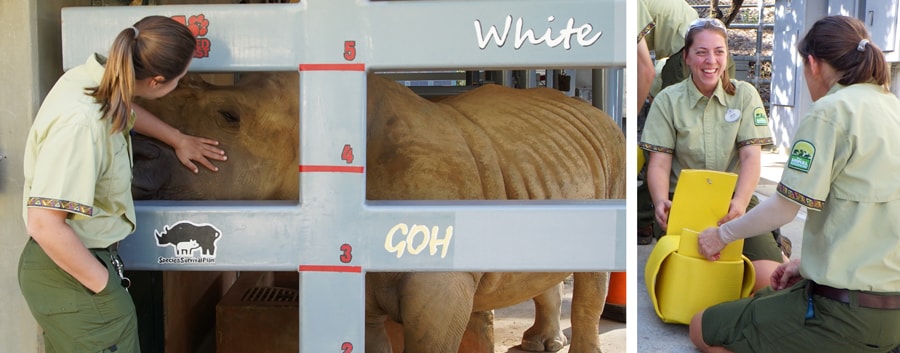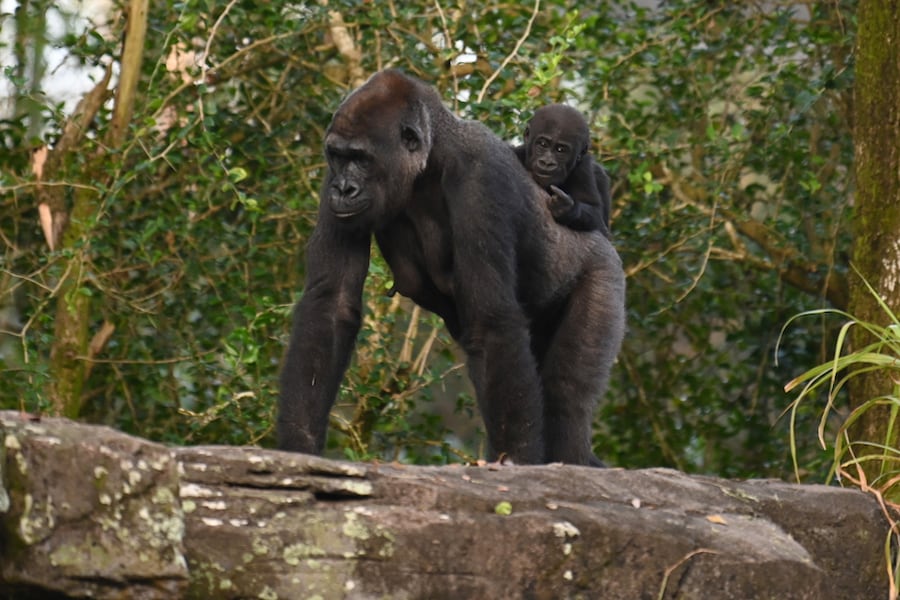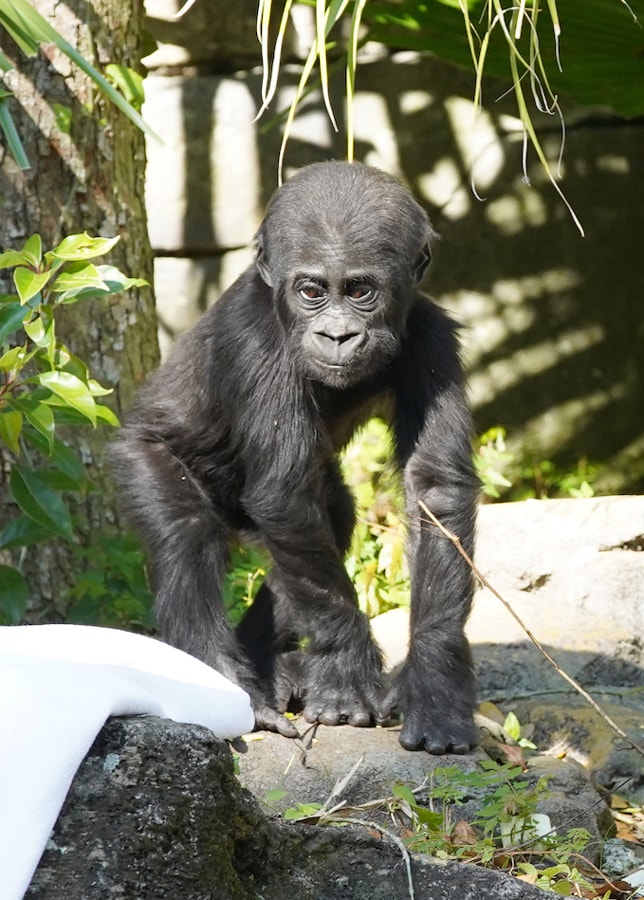Over the past eight weeks, I’ve had the pleasure of sharing my insights about National Geographic’s “Magic of Disney’s Animal Kingdom” on Disney+.
While it feels a little bittersweet as we mark the final episode in this phenomenal series, I’m so proud of our cast for giving viewers a peek behind the curtain to show how we care for animals and connect our guests to the magic of nature. You’ve seen our vet teams, aquarists, keepers and educators in action, but behind-the-scenes, our science, education and conservation teams are supporting the care of our animals every step of the way.
From studying which forms of enrichment activities each animal likes best, to monitoring hormonal levels in a pregnant female white rhino, our work is grounded in science so we can ensure we’re meeting the needs of each individual animal and giving them the very best care.
Check out what it was like for the team to learn white rhino Kendi was expecting a baby, which resulted in the birth of our now weeks-old male white rhino:
As you can see, science requires teamwork, and sometimes includes smelly situations. Animal keeper Jess is committed to her work, even when the task at hand requires rolling up her sleeves and digging in to collect samples.

“Magic of Disney’s Animal Kingdom.”
Jess, and all our keepers, work closely with the science team, who have expertise in areas such as endocrinology, field research and behavioral science. In fact, many of our science and conservation team cast have PhDs in biology and conservation and regularly share their learnings with the zoological community around the world.
Their knowledge has been invaluable to our work with species survival plans at Disney’s Animal Kingdom Theme Park. With our most recent rhino birth, Science Operations Director Dr. Mandi and Research Manager Dr. Shana closely watched Kendi’s hormone levels and how she was behaving before, during and after her pregnancy. Prior to working at Disney, both Dr. Mandi and Dr. Shana spent years teaching doctoral and masters students about biology. Dr. Mandi is a specialist in reproductive health, and Dr. Shana got a hands-on start early in her career as a veterinary technician before her path eventually brought her to Disney as a scientist, where she monitors hormones in our animals.
Science in the field also relies on great observational skills to ensure animals are thriving in their environments. A keen eye for details is exactly how the primate team discovered western lowland gorilla infant Grace needed a little extra help meeting her developmental milestones, such as climbing. So, they brought in the help of occupational therapists to evaluate Grace and suggest new training the team could do with her to build her muscles, coordination and confidence. Grace is now holding her own with the rest of the troop and getting stronger each day.
Want to see more behind-the-scenes sneak peeks from our scientists? You can hear from our research team in next week’s edition of #AskDrMark on Instagram (@DrMarkAtDisney). And be sure to download this week’s activity guide which allows you to capture and share your own wildlife story that takes place out in nature near you.



